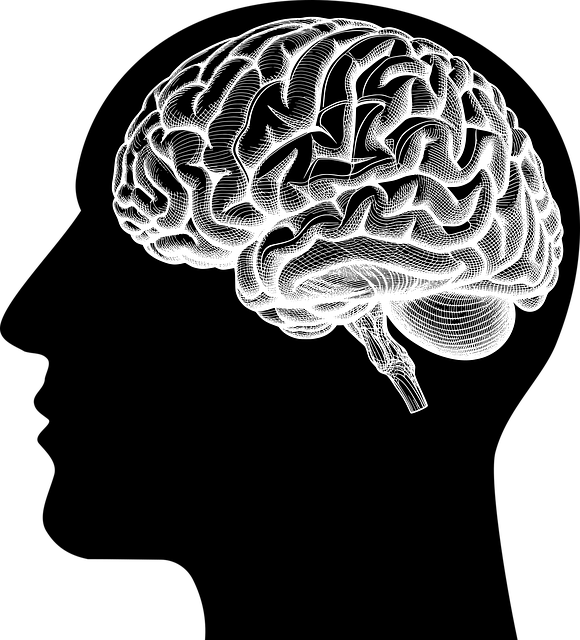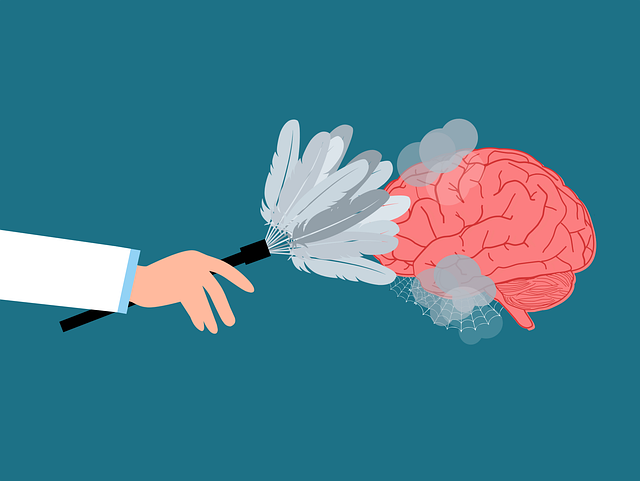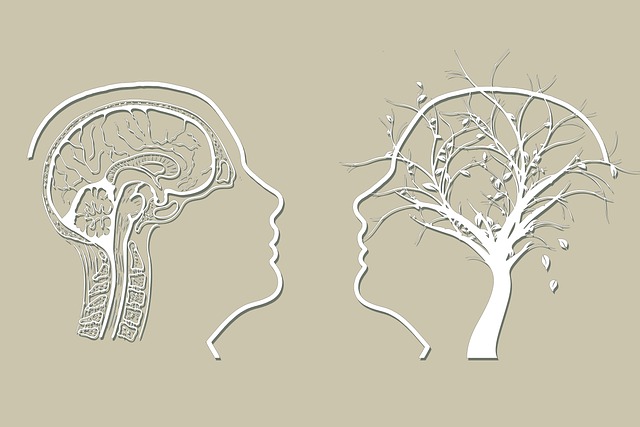Mental health education programs focused on suicide prevention must balance empathy with evidence-based strategies to foster resilience, emotional regulation, and open dialogue. These programs teach warning signs, risk factors, and available resources through therapy, empowering participants to recognize distress in themselves or others. Key components include cultural sensitivity, mindfulness techniques, active listening, interactive activities, and access to professional support like hotlines. Evaluating success involves assessing knowledge, attitude changes, behavioral shifts, and the program's impact on suicide prevention and mental wellness.
Mental health education programs play a vital role in fostering well-being and preventing suicide. This comprehensive guide explores the key components of designing an impactful initiative. From understanding mental health fundamentals and suicide prevention strategies, to crafting engaging curricula, creating safe spaces, integrating professional resources like therapy and hotlines, and evaluating program success through measurable impact—each element contributes to a holistic approach. By implementing these strategies, communities can empower individuals with knowledge and access to support systems, ultimately saving lives.
- Understanding Mental Health and Suicide Prevention: The Foundation of the Program
- Designing an Effective Curriculum: Topics and Strategies for Comprehensive Education
- Creating a Safe and Supportive Environment: Fostering Open Dialogue and Engagement
- Integration of Professional Resources: Therapy, Hotlines, and Access to Specialist Care
- Evaluating and Measuring Impact: Assessing the Success of the Mental Health Education Program
Understanding Mental Health and Suicide Prevention: The Foundation of the Program

Understanding mental health and suicide prevention forms the bedrock upon which effective mental health education programs design are built. It’s crucial to approach this sensitive topic with empathy and evidence-based strategies, focusing not just on awareness but also on fostering resilience and providing skills for emotional regulation. By integrating communication strategies that encourage open dialogue and reduce stigma, these programs can create safe spaces where individuals feel comfortable seeking support.
The inclusion of therapy for suicide prevention is vital, ensuring participants understand the warning signs, risk factors, and available resources. Equipping them with the knowledge to recognize distress in themselves or others can be life-saving. Well-designed mental health education programs should aim to normalize conversations around mental well-being, promoting a culture where seeking help is seen as a sign of strength rather than weakness.
Designing an Effective Curriculum: Topics and Strategies for Comprehensive Education

An effective mental health education program should be structured with a comprehensive curriculum that addresses various aspects of mental wellness. Topics such as stress management, anxiety disorders, depression, and therapy for suicide prevention are crucial elements to include. By incorporating evidence-based strategies, participants can gain valuable insights into recognizing signs of distress and promoting self-care practices. For instance, resilience building techniques can empower individuals to navigate challenging situations.
Cultural sensitivity in mental healthcare practice is another key consideration. The program should foster an environment where diverse perspectives are respected, ensuring that interventions are tailored to individual needs. Incorporating discussions on cultural influences on mental health and providing tools for culturally responsive care will enhance the overall effectiveness of the education. Self-care practices, including mindfulness techniques and healthy lifestyle habits, should also be emphasized to support long-term mental well-being.
Creating a Safe and Supportive Environment: Fostering Open Dialogue and Engagement

Creating a safe and supportive environment is a cornerstone when designing mental health education programs. This begins with fostering open dialogue where participants feel comfortable sharing their experiences and perspectives without fear of judgment or stigma. It involves establishing ground rules that encourage active listening, empathy, and respect for individual differences. Such an environment not only promotes learning but also facilitates healing and growth.
Encouraging engagement through interactive activities, group discussions, and shared stories can significantly enhance the program’s impact. This approach helps break down barriers and normalizes conversations about mental wellness, including suicide prevention. By integrating therapy for suicide prevention into these open dialogues, participants gain valuable insights on recognizing warning signs, responding to crises, and accessing available support systems. The overall goal is to create a supportive community that champions mental wellness, mirroring the production of an engaging Mental Wellness Podcast Series that resonates with its audience.
Integration of Professional Resources: Therapy, Hotlines, and Access to Specialist Care

Integrating professional resources is a vital aspect of designing an effective mental health education program. This includes access to therapy services tailored for various mental health concerns, particularly focusing on suicide prevention strategies. Many individuals struggle with emotional regulation and coping skills development, making specialized therapeutic interventions crucial. Hotlines offering immediate support and crisis intervention play a pivotal role in providing a safety net for those in distress.
By incorporating these resources, education programs can ensure students or participants gain practical knowledge alongside access to essential care. Effective communication strategies can be taught, empowering individuals to seek help proactively and fostering an environment where discussing mental health is normalized. This holistic approach aims to not only educate but also equip individuals with the tools to navigate their emotional well-being and access specialist care when needed.
Evaluating and Measuring Impact: Assessing the Success of the Mental Health Education Program

Evaluating the impact of a mental health education program is paramount to understanding its success and effectiveness. This process involves assessing both short-term and long-term outcomes, focusing on knowledge acquisition, attitude changes, and behavioral shifts. By employing various assessment tools such as pre- and post-program surveys, focus groups, and interviews, organizers can gather valuable insights into participants’ mental health literacy and well-being.
One critical aspect to measure is the program’s influence on suicide prevention, given that many educational initiatives aim to equip individuals with therapy techniques for suicidal ideation. Additionally, evaluating stress management skills gained through workshops, fostering positive thinking, and risk management planning among mental health professionals are essential components to ensure the program aligns with its intended goals. These assessments provide a comprehensive view of the program’s overall impact, guiding future improvements and best practices in mental health education.
Mental health education programs play a pivotal role in fostering resilience and connecting individuals with essential support networks. By incorporating comprehensive curriculum design, creating safe spaces for dialogue, integrating professional resources like therapy and hotlines, and rigorously evaluating impact, we can create effective programs that not only educate but also empower. In focusing on both understanding mental health and suicide prevention, these initiatives become powerful tools in navigating the complex landscape of emotional well-being, ultimately enhancing community resilience and saving lives.











